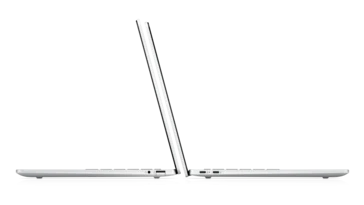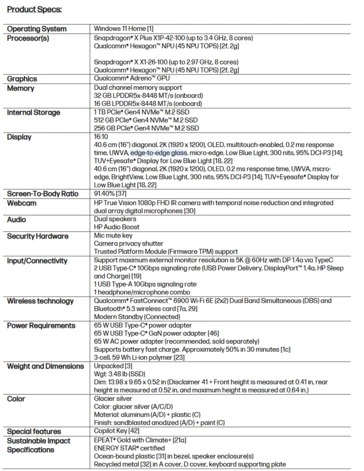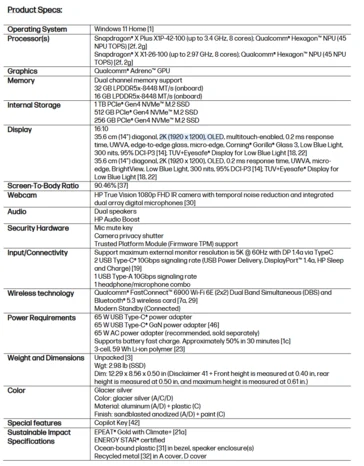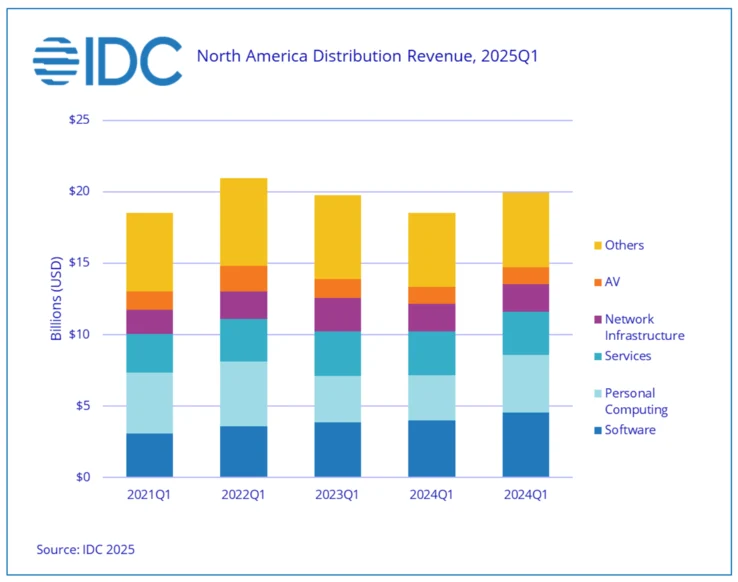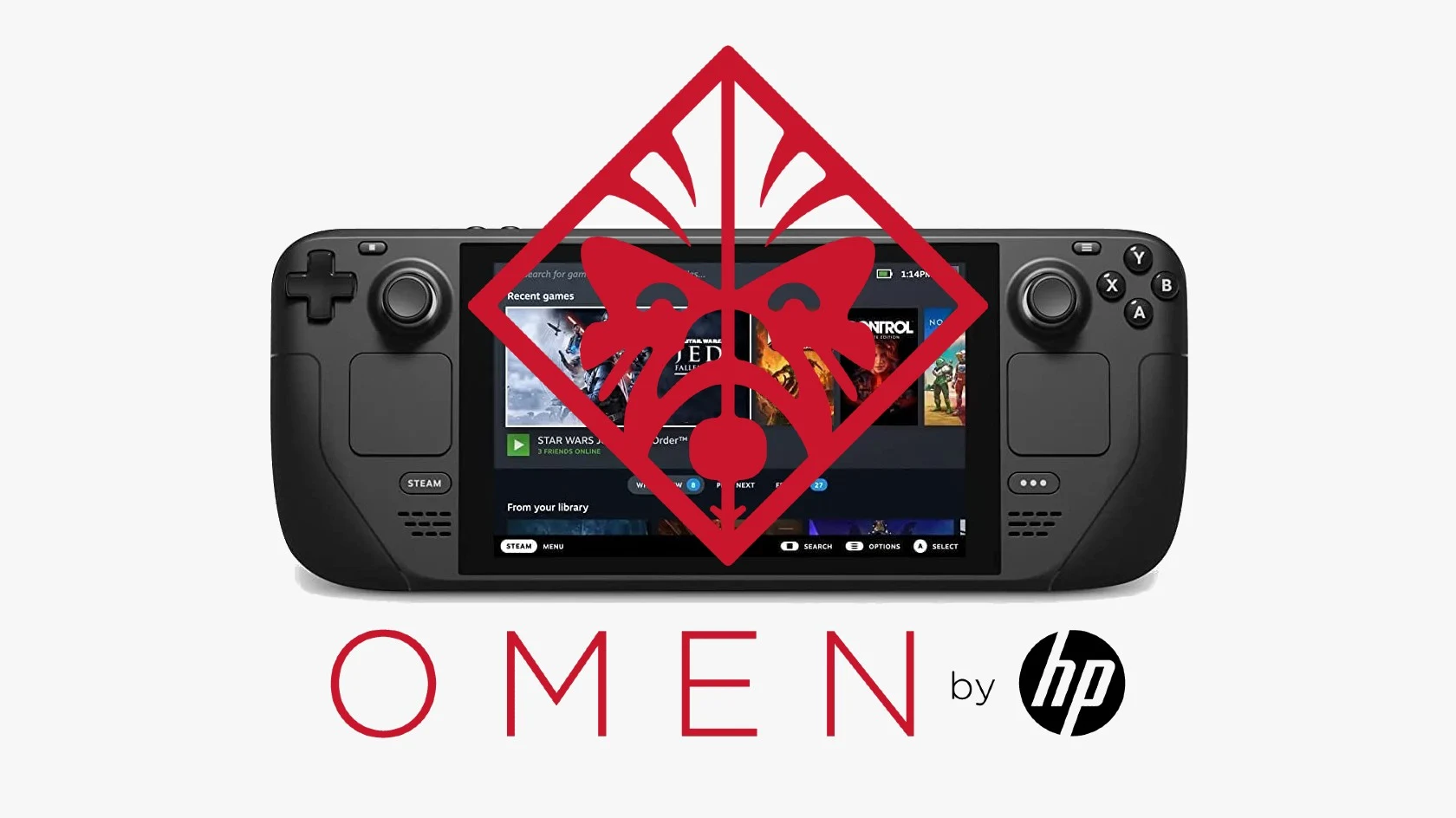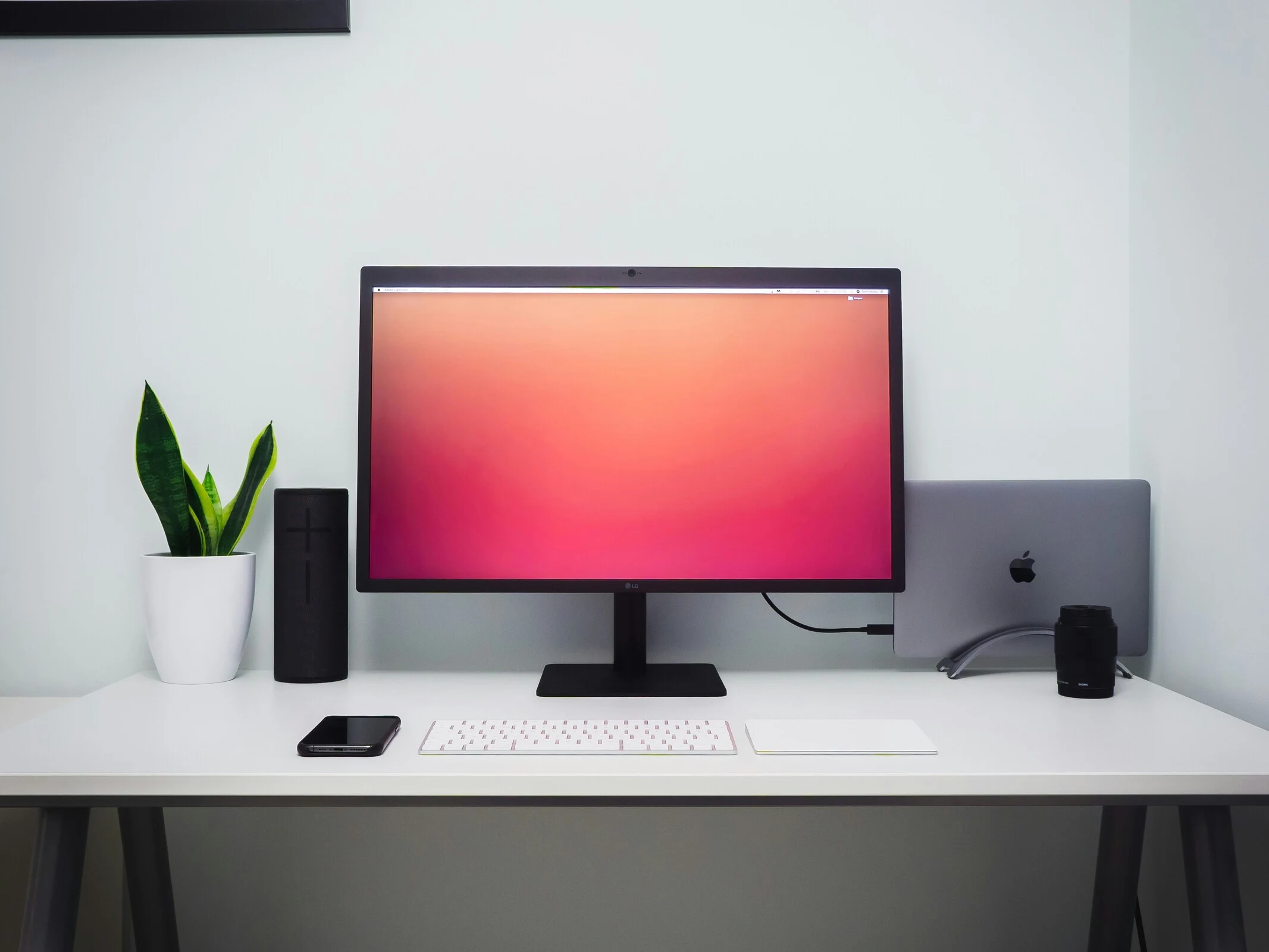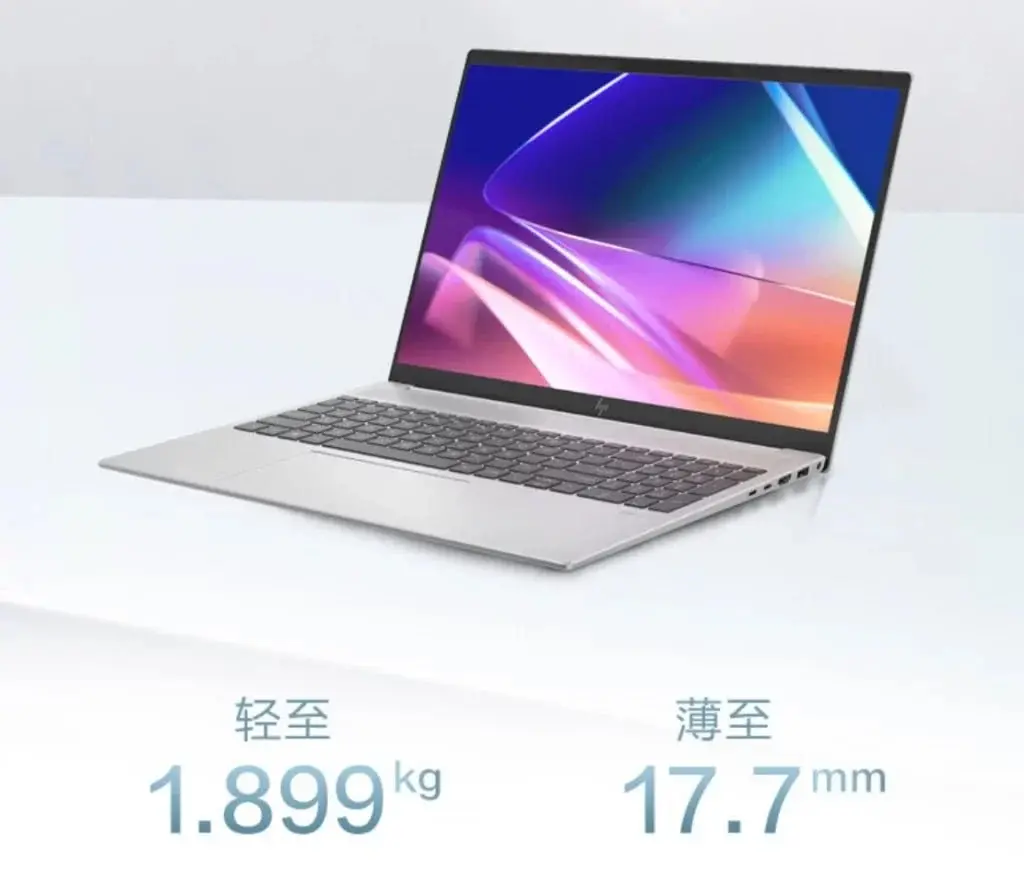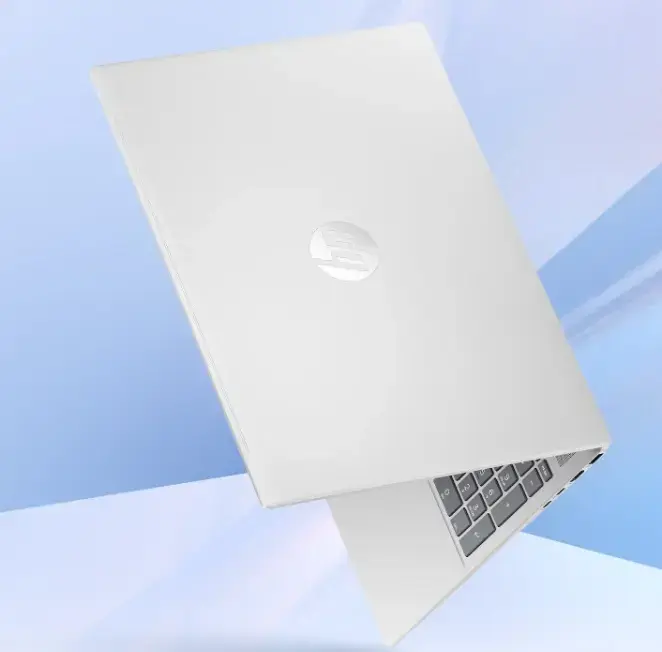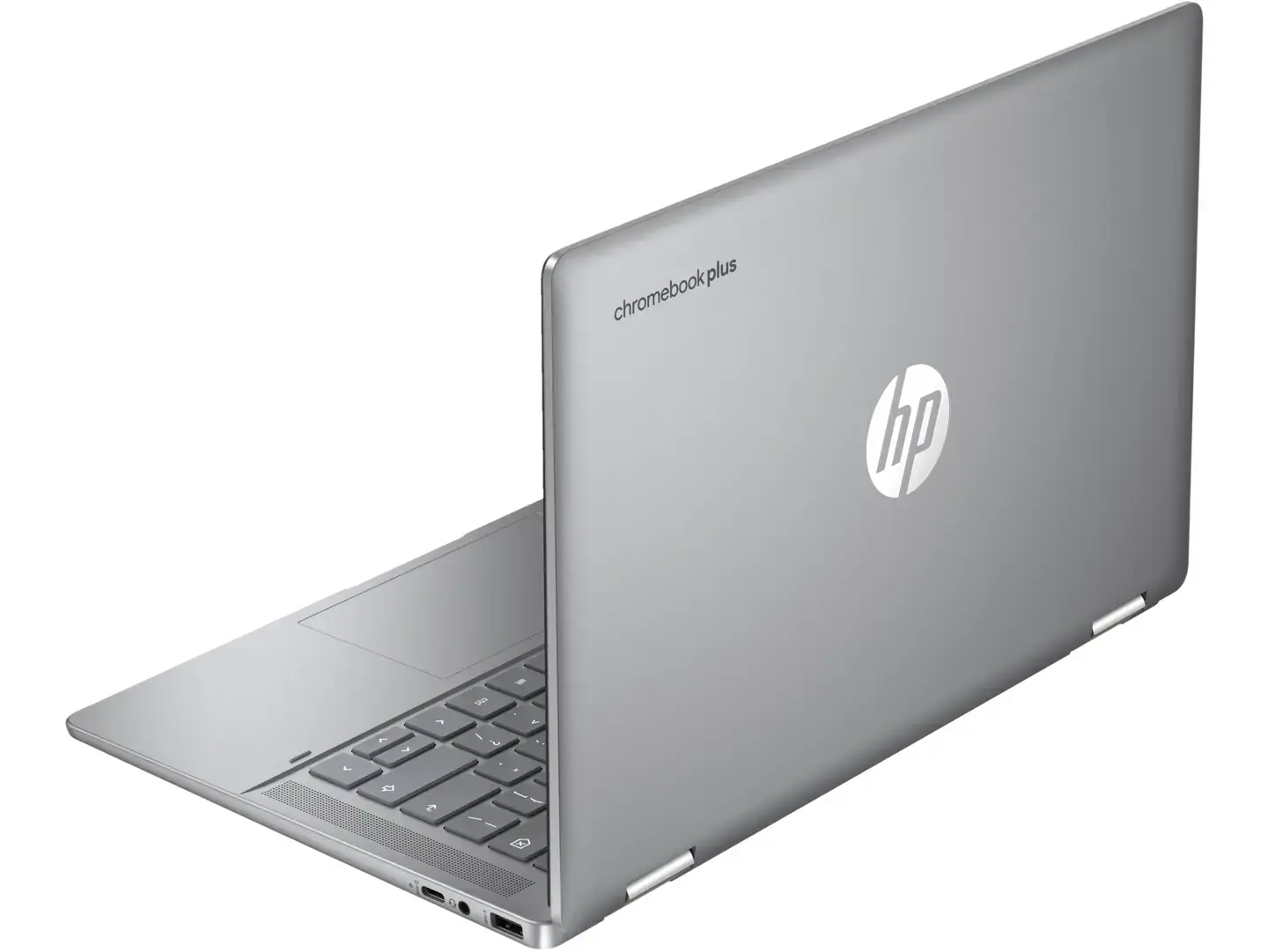Key Takeaways
1. Budget-Friendly Windows-on-Arm Laptops: HP introduced the OmniBook 5 14 and OmniBook 5 16, focusing on affordability and extended battery life using Snapdragon X Plus SoCs.
2. Display Features: The OmniBook 5 16 has a 16-inch 2K OLED display with a 0.2 ms response time and 95% DCI-P3 color gamut, while the 14-inch version shares similar specs.
3. Performance Customization: Both models offer customizable processors (Snapdragon X Plus X1P-42-100 or X1-26-100) with options for 8 cores, memory (up to 32 GB DDR5), and storage (up to 1 TB SSD).
4. Connectivity and Security: They feature Wi-Fi 6E, Bluetooth 5.3, multiple USB ports, a 3.5 mm audio jack, and a 1080p IR camera with a privacy shutter.
5. Pricing and Release Date: The OmniBook 5 14 starts at $799, and the OmniBook 5 16 starts at $849, both available in July in Glacial Silver.
HP recently revealed two budget-friendly Windows-on-Arm laptops during Computex. The OmniBook 5 14 and OmniBook 5 16 prioritize extended battery life over raw performance, utilizing energy-efficient Snapdragon X Plus SoCs. These devices are certified with Windows Copilot+ and feature a specific key for activating the virtual assistant. Additionally, HP includes a 1080p IR camera along with a privacy shutter for enhanced security.
Display and Design
The HP OmniBook 5 16 sports a 16-inch 2K (1920 x 1200) OLED display with an impressive 0.2 ms response time and 95% DCI-P3 color gamut coverage. It also comes with Corning Gorilla Glass for the touch-enabled variant. The HP OmniBook 5 14 matches these specifications in a sleeker 14-inch design. Other than size, the laptops share the same specifications, including a 59 Wh Li-ion battery that allows for 65 Watts fast charging.
Performance Options
Customers can customize the OmniBook 5 16 and OmniBook 5 14 with a Snapdragon X Plus X1P-42-100 or a Snapdragon X1-26-100. Both processors feature 8 cores, but the former can reach speeds of up to 3.4 GHz, while the latter is capped at 2.9 GHz. Options for memory and storage are available in 32/16 GB DDR5-8448 and 1 TB/512 GB/256 GB PCIe Gen4 SSDs. Connectivity includes Wi-Fi 6E, Bluetooth 5.3, two 10 Gbps USB Type-C ports, one USB Type-A port, and a 3.5 mm combo audio jack.
Pricing and Availability
The HP OmniBook 5 14 will be available for purchase in July, starting at $799. The HP OmniBook 5 16 will also launch at the same time, with a base price of $849. Both models are offered in a single color option: Glacial Silver.
Source:
Link
